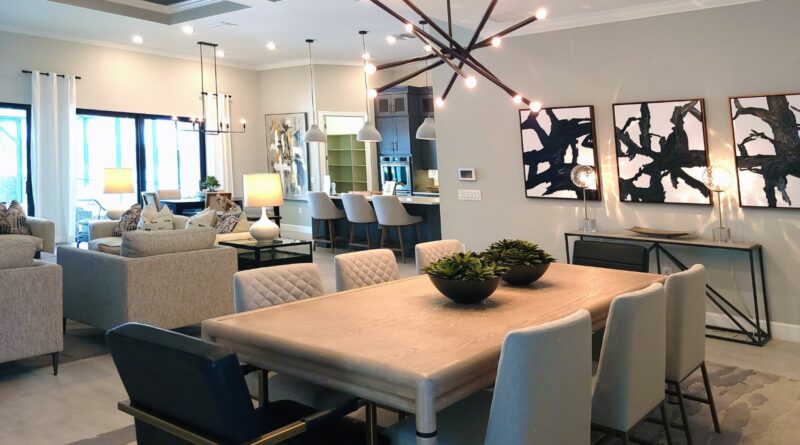Master the Art of Design Your Own Home: Balancing Aesthetics, Budget, and Sustainabilit
Designing your own home isn’t just about picking out paint colours and furniture. It’s an opportunity to create a space that truly reflects who you are. From the floor plan to the finishing touches, every detail matters.The process can be daunting, especially for first-timers. But with the right approach, it’s possible to design a home that’s both beautiful and functional. It’s all about understanding your needs, exploring your options, and making informed decisions.
Design Your Own Home
Designing your own home starts with Understanding Your Needs. This doesn’t simply mean determining the number of bedrooms or deciding whether or not you need a garage. It’s about digging deeper to truly identify how your home can best support your lifestyle.
To start with, document your everyday living needs. How much space does your family require? Do you work from home or entertain guests often? Factor in your personal and professional life into the space configuration. It’s also important not to overlook future needs. Planning for upcoming lifestyle changes such as having kids or retiring can save you from future remodelling costs.
Hobbies and personal interests also play a crucial role. If you’re a fitness enthusiast, an in-home gym might be essential. For those into art, a dedicated studio space could be more appropriate. By allowing for these interests, you add an element of customization that truly makes the house your own.
Consider the location of your house. Depending on whether you’re city-centred or love the countryside, make sure your preference is reflected in your design. For instance, if you enjoy getting a taste of nature from your daily life, pay attention to the landscaping and outdoor living areas.
Exploring Design Options
Once one’s needs are clearly defined, the exciting phase of exploring design options begins. It’s a great opportunity for individuals to express their creativity – to mix, to tweak, and to match until they’ve fashioned a design that is uniquely their own.
Home design magazines and websites offer a wealth of design options to help inspire creativity. Pinterest, for instance, is an excellent resource for gathering, grouping, and comparing design ideas. Books on architecture and design are also exceedingly helpful.
Online tools such as home design software can significantly assist in visualising the design. They can generate three-dimensional displays of interiors and exteriors, providing a true-to-life glimpse of what the actual outcome might look like.
Working with professionals like architects and interior designers can further refine these ideas. They’ll not only help to create a more coherent and aesthetically pleasing design but also ensure that it’s functional. They’re familiar with building codes, structural requirements, and efficient layouts, so they’re apt to foresee any potential problems in the design.
Making Informed Decisions
After exploring various design options and resources, it’s time now to embark on making informed decisions. It’s essential to make the right choices, considering both aesthetic appeal and practicality.
An informed decision begins with knowing your budget. He needs to understand the cost of materials, labour, and other expenses related to his design choice. It’d be beneficial for him to develop a comprehensive budget that covers all aspects of the design and construction process. This can be broken down into:
- Cost of materials
- Labour expenses
- Construction permits
- Home appliances and furniture
Researching online or consulting with professionals can help provide an accurate estimate.
Sustainability is another crucial factor while making a design choice. She needs to keep in mind the environmental impact of materials and design ideas. Thinking of ways to save energy, like installing solar panels, or incorporating natural elements, such as green roofs, would benefit not just the environment but also the homeowner’s wallet in the long run.
One cannot stress enough the importance of regular communication. It’s vital to keep the lines open with the architect, contractor, or any other professional involved in the project. This will ensure that everyone understands the design intent and is on the same page when it comes to execution.
